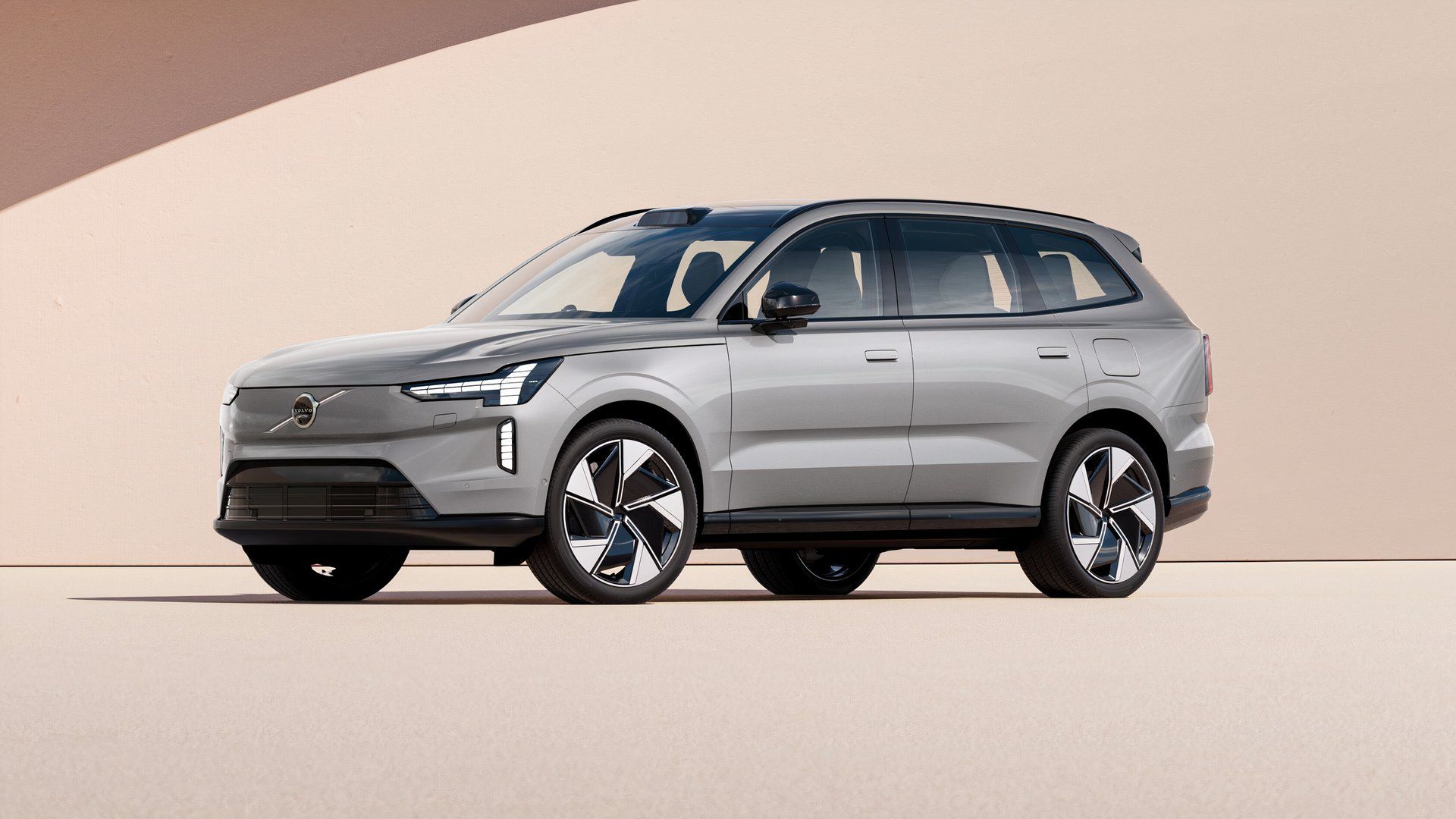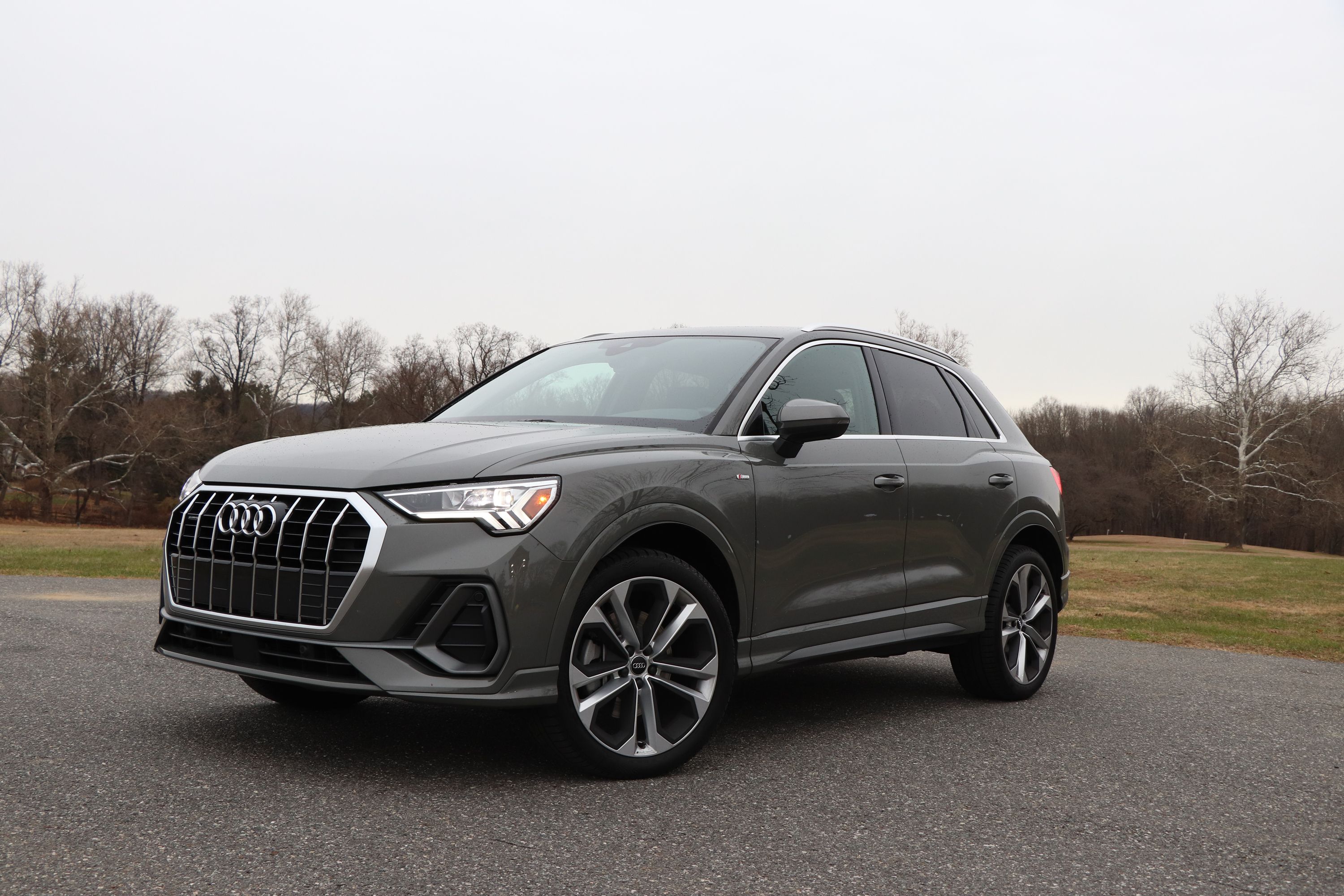Can Kia dethrone the mighty Taco? It’s too early to tell, but Kia has the right foundations at its disposal.
After months of rumors, Kia finally confirmed that it would build a pickup truck called the Tasman. This shouldn’t come as a surprise, as Hyundai first took the plunge in 2022 with the Santa Cruz. But these two models will have little in common, as the Tasman will be built on a ladder-frame chassis like every other midsize pickup truck in the USA (except the Honda Ridgeline). And we know it will be mid-size as Kia chose the Ford Ranger as a benchmark. While the clear leader in the segment is the Tacoma, Kia chose the Ranger because the Tasman is being developed in Australia, where the Ranger is the top dog.
But the US has to be on Kia’s radar with the Tasman; who wouldn’t want a slice of the pie from which Toyota was able to sell 234,768 trucks during 2023?
Kia might also be hoping for a sliver of this particular segment because even if it takes only a 10% slice of the midsize pickup pie, the Tasman will succeed. It won’t be easy, however. Kia will have to pull a rabbit out of a hat, but luckily, it has a history of innovating when needed.
A Funky Exterior
The first Kia passenger car was sold in the 1970s, but the brand only reached international recognition in the late ’90s and early 2000s. Back then, the cars were incredibly dull. The Kia Pride was nothing to be proud of, the Kia Shuma had some serious Toyota Celica vibes going on, and the Carens people mover was perfect for the family man who hated his family.
Following slow sales, Hyundai and Kia decided to make a bold move. They knew design played a significant role in how people perceive cars, so they poached Peter Schreyer from Audi and told him to go wild.
Schreyer made massive design changes and set the standard for all Kia designers of the future. If you look at Kia’s current range, you’ll see a clear design DNA, but that doesn’t mean all the cars have to look the same. Not all of them are pretty, but at least there’s clear variation.
As for Schreyer’s best design, we have to go with the Kia Stinger, which was a much better car than people gave it credit for.
Kia Is Not Afraid To Go Radical
Speaking of the Stinger, Kia is not afraid to put itself out there. This will be Kia’s first proper off-roader to many global customers, but as you’ll soon find out, that’s not the case.
The best examples of Kia painting outside the lines include the Stinger, Telluride, and all of its new EV models. Sometimes, it works; other times, it doesn’t. The Stinger was a sensational piece of design, but the car-buying public wasn’t prepared to spend BMW M340i money on a South Korean sedan. In contrast, the Telluride, which cost even more than the Stinger, worked like a charm. The jury is still out on the EVs.
The point is that Kia is willing to take risks, which might be exactly what the pickup truck segment needs. Apart from engine downsizing, the pickup truck recipe has stayed the same since its inception. It’s just begging to be shaken a bit.
Going Ranger Raptor Hunting Already
The Tasman shares a clear design and ladder-frame underpinnings with the Kia Borrego, known to Americans as the Mohave. The second generation might not be sold stateside, but in markets it is, it features a robust 3.0-liter diesel V6 good for 252 horsepower and 347 lb-ft of torque.
Should it reach the US, though, Kia would have no trouble shoehorning in the 3.8-liter naturally aspirated V6 from the Telluride. It produces 291 horsepower and 262 lb-ft of torque. Kia also has the option to mimic its rivals and opt for the 2.5-liter turbocharged four-pot used in the Sorento (281 hp and 311 lb-ft).
But shoehorning the Stinger’s twin-turbocharged V6 under the hood would be the best possible move, and there is reason to think Kia might. Earlier, when we mentioned that Kia was using the Ranger as a benchmark, we should have told you that it chose the Ranger Raptor. This obviously points to a go-faster model built for jumping over stuff, and a 368-hp turbo V6 would be just the trick to make that hilariously fun.
Loaded With Standard Features
Kia is known for including many standard features, but it has a downside. The top-spec Stinger GT2 sold for $51,000, which was close to the $57,000 BMW M340i. But while BMW still left a lot of stuff on the options menu, Kia added everything but the kitchen sink.
The GT2 came standard with a 12-way power-adjustable driver’s seat, an eight-way power-adjustable passenger seat, Nappa leather cladding, a 10.25-inch display with navigation, Android Auto, Apple CarPlay and Bluetooth streaming, a surround-view monitor, a head-up display, and a 15-speaker Harman Kardon sound system. BMW expects you to pay more for almost everything on this list.
We like this all-in approach, but it inflates the MSRP, leading people to believe that Kias are overpriced. A change in marketing may be necessary, or Kia needs to adopt the stingy Germanic approach.
A History Of Epic Off-Roaders
People don’t think of Kia as an off-road brand. Most of its SUVs are pavement crawlers, but it has a history of building iconic 4x4s. The most well-known example is the Kia Borrego, which was an extremely cheap Lexus GX. It had a V8 engine, permanent 4WD, low range, and an air suspension when it was sold stateside. You can pick one up these days for $7,000, and they make great cheap 4×4 project vehicles.
The best example was the first-generation Kia Sportage before it morphed into a crossover. Kia followed the Suzuki Jimny recipe and kept the car small and lightweight. It also blessed it with a part-time 4WD system. Because of its diminutive stature, it could take lines larger off-roaders couldn’t. We’ve seen many famous off-roaders being humbled by the simplicity of the first-gen Sportage.
Bringing Kia’s Military Might To The Table
Kia forms part of the Hyundai group, with most car loves associating the brand with Hyundai and Genesis. What few people realize is that Kia has a full Special Vehicle division responsible for building military vehicles. Parent company Hyundai also has a full heavy machinery arm (Hyundai Rotem) that builds military and defense solutions like overland personnel carriers and even tanks. Yup, tanks!
If Kia can harness even a portion of the knowledge housed within these departments, it can totally build a pickup that can withstand the worst you can put it through.
Military vehicles are designed to go anywhere, in the roughest conditions, and be unstoppable when Mother Nature throws everything at them. They’re also designed to be easily repairable in the field, and such traits would be ideal for the Tasman.




